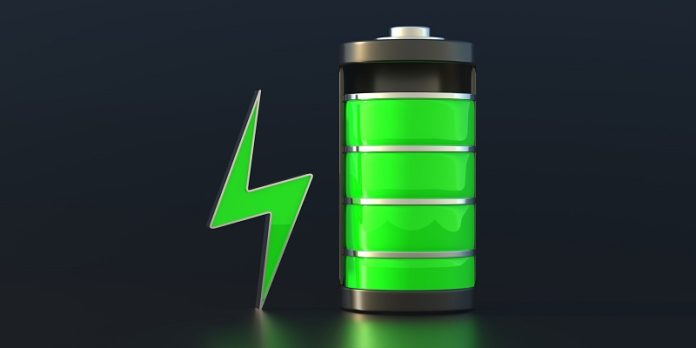
Caltech researchers, working with NASA’s Jet Propulsion Laboratory (JPL), have found a way to improve lithium-ion batteries using graphene, a thin layer of carbon just one atom thick.
This breakthrough could make batteries last longer, perform better, and reduce the need for cobalt, a rare and problematic metal often used in battery production.
Lithium-ion batteries are essential in modern life, powering everything from smartphones to electric cars.
Although they are efficient and rechargeable, these batteries have limitations.
They degrade over time, lose efficiency, and rely on materials like cobalt, which are expensive, difficult to source, and often mined under poor working conditions.
Graphene, which is strong and an excellent conductor of electricity, has been studied for years as a potential game-changer in battery technology.
In 2015, Caltech scientist David Boyd and his team discovered how to create high-quality graphene at room temperature, a big improvement over earlier methods that required extremely high heat.
Recently, Boyd partnered with JPL’s Will West, an expert in battery technology, to test graphene’s potential in improving battery performance.
The researchers focused on a common problem in lithium-ion batteries called transition metal dissolution (TMD).
This occurs when metals from the cathode, such as manganese, gradually move to the anode during repeated charging cycles, reducing battery performance.
Batteries with high cobalt content resist this issue better, but cobalt is costly and environmentally challenging to source. Boyd and West aimed to solve TMD while minimizing the use of cobalt.
To tackle this, they developed a method to coat the cathode with graphene using a process called “dry coating.”
This technique, borrowed from the pharmaceutical industry, involves mixing tiny graphene particles with the cathode material.
The result is a uniform coating that protects the cathode from degradation. Remarkably, this process works at room temperature and uses only a small amount of graphene (1% by weight).
In lab tests, the graphene coating reduced TMD, doubled the batteries’ lifespan, and improved their performance across a wider range of temperatures. This was surprising because experts had believed only continuous coatings could prevent TMD. The new dry-coating method, which is quick and scalable, proved otherwise.
Using graphene also makes the technology more sustainable. Graphene is a form of carbon, a material that is abundant and environmentally friendly. Unlike cobalt, it does not rely on mining in regions with poor labor conditions. Additionally, this method can be easily integrated into existing battery factories without requiring major changes.
The implications are exciting. Better-performing batteries mean fewer replacements and less waste. For electric vehicles, for example, this could mean faster charging and longer-lasting batteries, which are crucial for widespread adoption.
“This is an exciting step forward,” Boyd says. “We can use this method with almost any cathode material, improving batteries without disrupting current manufacturing processes.”
This discovery also opens doors for other uses of dry coating in technology and industry. It demonstrates how graphene can be applied in innovative ways beyond electronics, paving the way for more sustainable and efficient solutions.
The research, supported by NASA and private donors, was published in The Journal of The Electrochemical Society on November 1, 2024. The study was led by Caltech and JPL researchers, with contributions from multiple scientists and engineers.
This graphene-coated battery innovation brings us closer to a future with greener, more efficient energy storage.
Source: Caltech.



